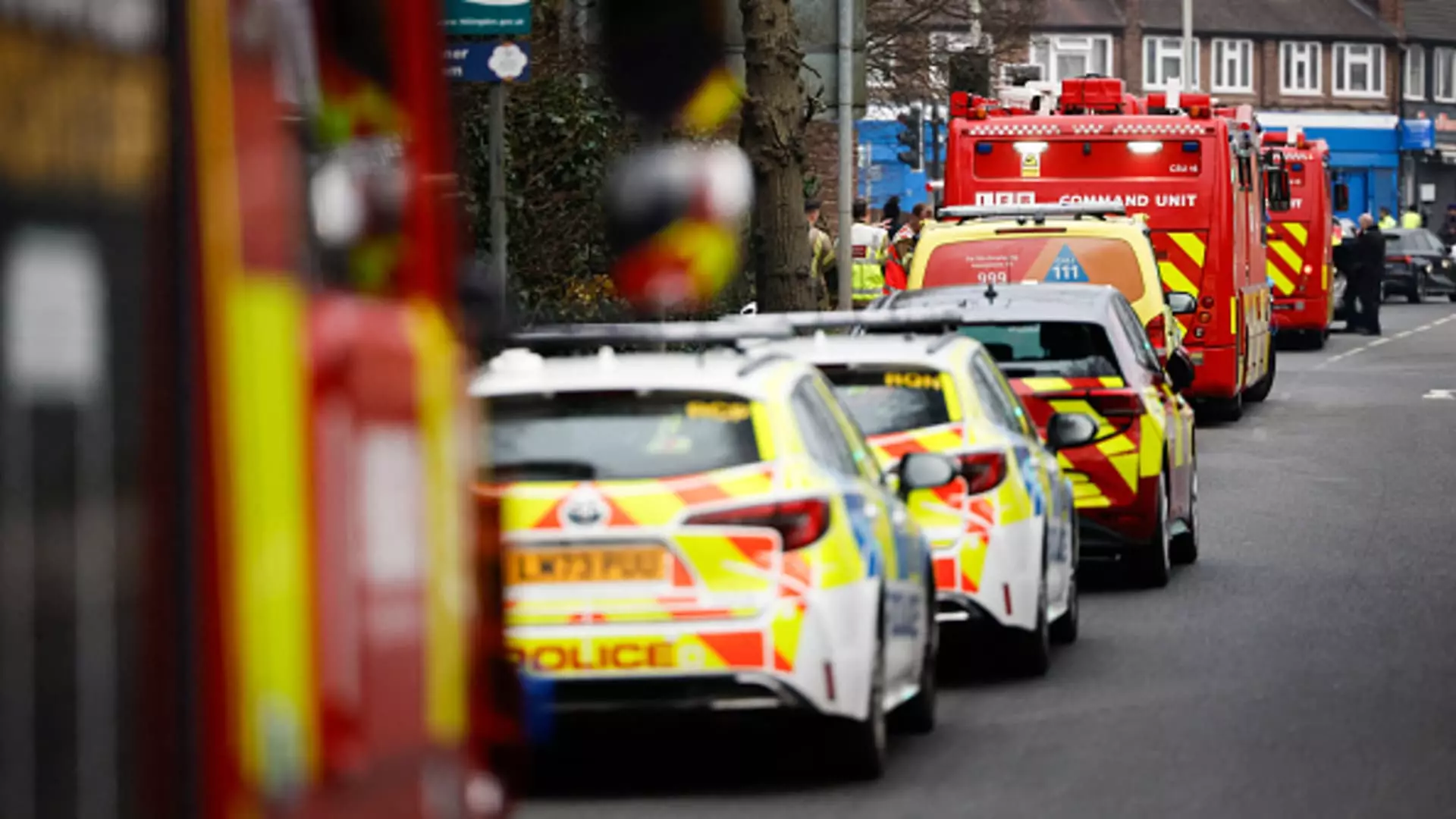On Friday, a catastrophic incident unfolded at London’s Heathrow Airport that sent shockwaves through the global travel industry. A fire broke out at an electrical substation, prompting immediate emergency responses and the airport’s abrupt closure until the clock strikes midnight. Such an event at Heathrow—one of the busiest airports worldwide—does not just paralyze travel within the U.K., but creates a cascading effect that disrupts connections across the globe. Passengers who had meticulously planned their journeys suddenly found themselves in limbo, illustrating how fragile the web of modern air travel can be.
Flight tracking data told a tale of chaos: nearly 1,400 flights were either set to land in or take off from Heathrow, with the ramifications spreading like wildfire. Airlines began scrambling as they faced the daunting task of managing an overwhelming number of passengers eager to learn what the ordeal meant for their travel plans.
Airlines Grapple with Passenger Impact
British Airways, the U.K.’s flagship carrier, was among the first to respond. The airline promptly advised travelers to stay away from the airport until they could guarantee operational safety. “This will clearly have a significant impact on our operation and our customers,” a statement read, capturing the anxiety that enveloped both passengers and airline staff alike. The immediate redirection of flights to alternate U.K. airports highlighted the urgency with which airlines needed to respond, underlining their responsibility to mitigate potential fallout.
Meanwhile, Singapore Airlines found itself in the eye of the storm, as multiple flights were diverted to cities like Frankfurt and Paris. The swift action to offer hotel accommodations and alternative travel options displayed a commitment to passenger welfare but did little to ease the frustration of those left stranded. For many travelers, the chance to visit family or attend significant events was abruptly halted, leaving them to navigate the complexities of sudden rescheduling.
The Ripple Effect on Travelers
Airlines like Emirates and Cathay Pacific also felt the wrath of the closure, announcing canceled flights and rebooking options that did little to restore normalcy. United Airlines reported diversions and cancellations, highlighting how interconnected today’s air travel system is. Each canceled flight represented lost opportunities for thousands of passengers and demonstrated the immense challenge airlines faced when an unexpected disaster strikes.
Yet, one cannot ignore the human element amid the chaos. Travelers found themselves not merely inconvenienced but deeply affected, as many had plans that transcended simple leisure trips. The sudden shift caught them off guard, forcing hotel stays, missed meetings, and lost vacation days. The psychological impact of the uncertainty—especially for those facing long-haul flights and expensive pre-purchased arrangements—cannot be understated.
Lessons in Resilience and Preparedness
The incident at Heathrow demands a critical examination of resilience within the aviation sector. The decision-making agility of airlines, their communication strategies, and their commitment to customer service are all put to the test during such crises. Airlines that respond effectively, offering timely updates and flexible solutions, may foster customer loyalty despite adverse circumstances.
Moreover, this disaster presents an opportunity for airports and airlines alike to invest further in contingency planning. System vulnerabilities must be addressed to ensure that future incidents do not wreak such widespread havoc. Introducing clearer communication channels and more robust systems for handling emergencies would be paramount in restoring faith in air travel after such significant disruptions.
In this climate of unpredictability, where technology and safety mesh, the fire at Heathrow serves as a potent reminder of the inherent complexities of modern air travel. It’s a wake-up call for stakeholders—airlines, airports, regulators, and passengers alike—to engage in a more proactive stance in anticipating and managing risks. In an era where travel is more accessible than ever, ensuring the reliability of the aviation system is imperative to sustaining its growth and maintaining public trust.


Leave a Reply